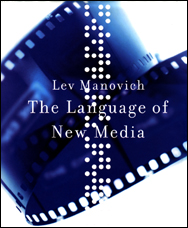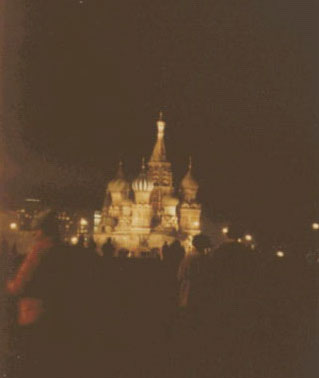What do Architecture and Anthroposophy Have in Common?
Anna Sokolina, Ed. Arkhitektura i antroposofiia. Moscow: Izdatel’stvo KMK, 2001. 268 pages, 348 illustrations.
In her introduction to this pioneering Russian volume, Anna Sokolina notes that the anthroposophical movement, established by Rudolf Steiner, arose on the basis of dissatisfaction with an increasingly rationalistic, technological bias in approaches to society and culture at the beginning of the twentieth century.
Seeking to return modern culture to a holistic attitude toward human creativity and the environment, Steiner was particularly interested in the challenge of architecture–at once the shaper of the physical context and one of the preeminent forms of artistic endeavor.
Indeed, … Read more







